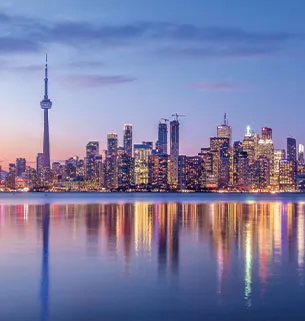Crude oil demand has persisted and grown regardless of trade issues, writes Phil Flynn.
Oil prices were battered amid tweets and tariffs and a lot of crazy tariff misconceptions. Increased U.S. tariffs went into effect at 12:01 a.m. EDT last night and people all over America and China decided to stop buying gasoline. Millions of cars were parked in their tracks as drivers were so devastated by the $200 billion U.S. tariffs on Chinese imports that they just did not have the desire to get up and go to work or drive anywhere.
What, wait a minute. What do you mean? They are not going to stop buying gasoline because of the tariffs. How can that be? Did we not hear from a slew of pundits and economists when we first started talking about a trade war and tariffs a year ago that it would ultimately drive the world into a recession? A recession so bad that we would see oil demand destruction on a massive scale. If not in the United States, certainly in China then because the fallout from the tariffs would ultimately stop the global economy in its tracks. China of course would stop importing oil, thereby killing demand growth that is the biggest demand growth for oil. Surely we’d see a massive oil demand drop. Wait a minute, that did not happen either?
In fact, even after a year of tariff tit for tat, the truth of the matter is that oil demand survived. Not only did it survive, you might even say it thrived. Oh, sure you could argue that record breaking demand numbers in China might have been better. You could argue that without a U.S.-China trade war and tariffs, the U.S. gasoline consumer would be consuming more than the record-breaking amounts of gas consumed. We may have seen even more global oil demand, but for prices what does it matter? Demand not only held up, but it by far exceeded the tariff inspired, dour expectations.
Perhaps the answer to the strong oil demand really comes because of the trade war that started over a year ago. The trade war probably forced global central bankers to look at the global economic recovery with more skepticism and probably help them from making ill-advised hawkish policy moves. We know that China added tons of stimulus to the system and added more this week when President Trump exclaimed that “China broke the trade deal.” Also, the Federal Reserve pulled back from its obsession with winding down its balance sheet and backed off its signal to raise interest rates this year. Europe also extended its quantitative easing, in part because they were slowing, but also because it was probably going to be needed, trade war or no trade war.
In fact, the President’s trade war may have actually forced central bankers around the globe to look at the state of the global economic recovery more critically and probably helped ward off a more substantial global economic slowdown that might have occurred by central bankers in a rush to get their monetary systems back to what they say is normal.
Now today with U.S.-China trade deal hopes revived, we could be on the verge of another oil rally. Remember that oil is reacting more to the perceived threat of a trade war, not the reality. The U.S. summer driving season is right around the corner and it looks like it will be a blockbuster. U.S. refiners are going to have to ramp up and they will pay up for the crude oil that they need. Private forecasters did show a big build in Cushing Oklahoma yesterday, but there are talks that we may see big draws in the Gulf Coast. If we seal a trade deal, oil will find its way back to the highs very quickly. Without a trade deal, it will still see new highs, but it might take longer. On top of that we still have supply risks and threats.
Can’t forget Venezuela, Iran, and Libya if you get my drift.
I will be at the MoneyShow Las Vegas May 13-15. Sign up for my Master Class and check me out at the Opening Ceremonies.






















